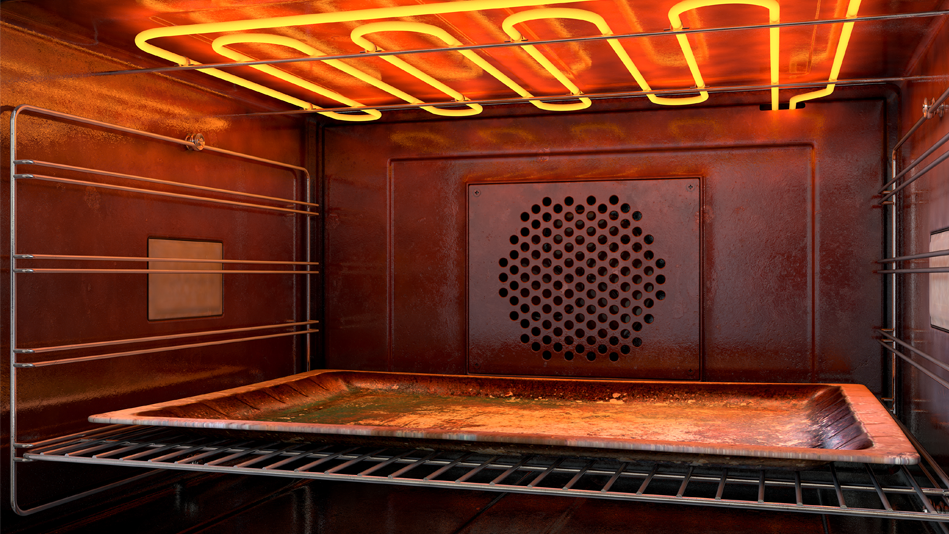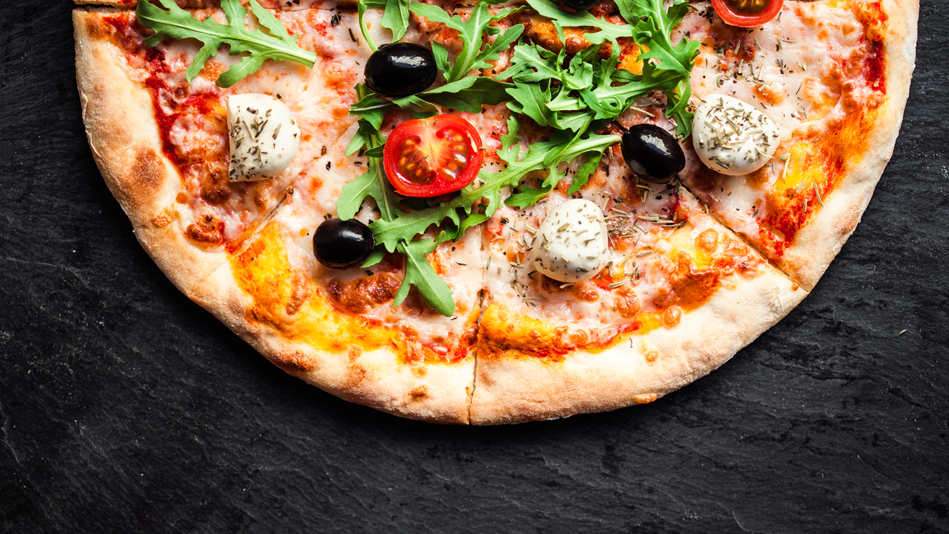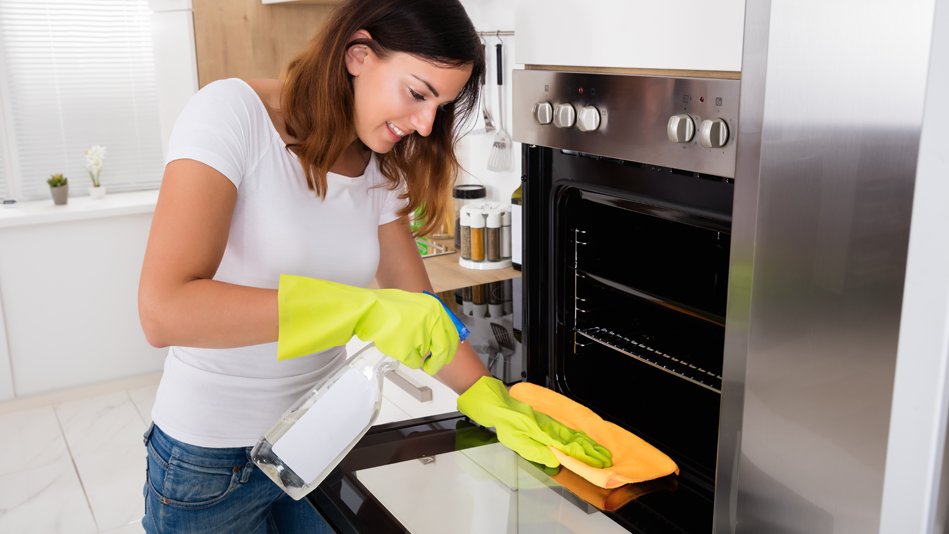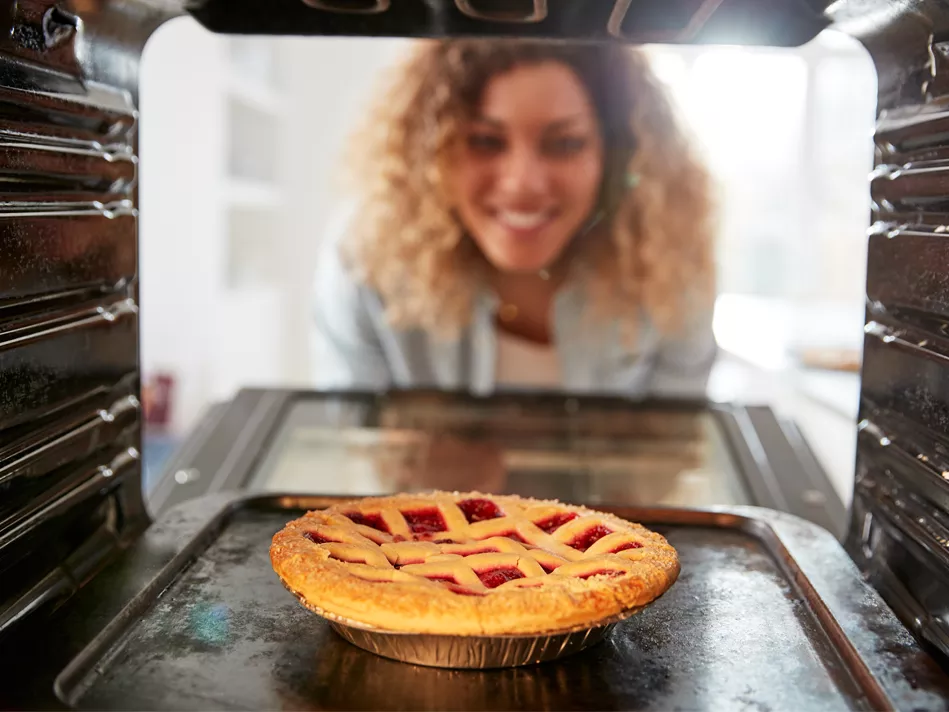This is the time of year your oven becomes the most popular appliance in your kitchen. While you dust off those seasonal recipes, do you remember the last time you checked your baking dishes and pans? It’s time to find out which containers are most compatible with your oven – and which ones should be left out in the cold.
Use these oven safe materials
Here’s the rundown of the most common types of materials that can safely be heated in your oven.
Pro Tip: Before putting any container or tray into your oven, refer to your manuals to get the longest and safest use out of both.
Glass is good to go
Many of us are familiar with the 9”x13” glass baking dish. Part of why this kitchen container is so iconic is because it has traditionally been made with tempered borosilicate glass, whose heat resistance and ability to withstand impact from accidental bangs and drops make it an ideal piece of cookware.
If you use a material made of the ever-popular soda-lime glass (think everything from measuring cups to drinking glasses to windows), it can take some heat or impact damage, but it isn’t nearly as durable as borosilicate glass, due to being less shatterproof and more vulnerable to thermal shock.
Is all glass safe to put in the oven? No. So which kinds of glass can you use that will leave you with a nice homemade dish, instead of a glass crumble on top of your apple pie? When it comes to baking, roasting, or broiling, avoid the options below.
- Thin glass (Shattering)
- Non-tempered glass (Shattering)
- Painted glass (Chips and scratches)
- Printed glass (Chips and scratches)

Aluminum is alright
There are a few reasons aluminum baking sheets are as popular in restaurants and school cafeterias as they are in home kitchens:
- They conduct heat well
- They’re relatively lightweight
- They’re durable
- Given their long lives, they’re relatively inexpensive
Stainless steel is a sure thing
Though stainless steel has been heralded for many of the same properties as aluminum, it’s considered an upgrade, due to its increased durability and greater heat retention.
Cast iron is a cool choice
When you look at how evenly it cooks food, how readily it transfers from stove to oven, and its nonstick qualities, it’s not hard to see why cast iron cookware has been treasured for centuries. Even better, cast iron’s reputation of durability precedes it, meaning one skillet can last for generations – as long as it’s regularly seasoned.
*Items you didn’t know could go in your oven*
These less-commonly used items may also be a good fit for your oven. Consult the manual or manufacturer for best practices!
- Enamel
- Silicon
- Porcelain
- Stoneware
Don’t put these in your oven
Though it might have worked in the past, the following materials are generally unsafe to use in your oven. To prevent melted dishware and fire hazards, sticking with the materials listed above is your best bet.
Is nonstick oven safe?
Nonstick pots and pans are known for whipping up delicious meals on the stovetop, but how do these translate to the oven?
If your nonstick pan or pot was made before 2013, heating it could leak chemicals into your food. Nonstick cookware that is built to be used in an oven (and made after 2013) should state as much on the underside of the pot or pan.
This material is more of a wild card; if you choose to put your nonstick in the oven, make sure that all components of the item have been indicated as safe for this use.

Can I put cardboard in the oven?
Many frozen pizzas come with that familiar cardboard disc, but it’s not a disposable baking “tray” for your pizza – it’s simply a part of the packaging. Cardboard is primarily made of wood and paper, which makes it flammable.
Though it’s most likely to ignite around 425 degrees Fahrenheit, a fire in your oven is not worth the risk. The fire may seem contained in the oven, but it could rapidly spread to other parts of your kitchen, damaging a large part of your home in a matter of seconds.
Is melted plastic in the oven dangerous?
Plastic in the oven is not regarded as safe. Even if they withstand a round or two in the oven, the varying melting points of different plastics (most between 150 and 400 degrees Fahrenheit) mean you may not know when plastic is starting to break down and become a part of your meal.
Don’t run the risk of ruining your plastic dishes and their functionality – use oven-safe gear instead.
What if I bake with melamine?
Melamine is a great insulator; it keeps hot foods hot and cold foods cold. Unfortunately, melamine’s structure can be changed by sustained heat, particularly over 245 to 285 degrees Fahrenheit (as with baking or roasting), which can cause your dish to chip or crack, especially when done multiple times.
Keep your melamine dishware out of the oven. On top of cosmetic damage, if it catches fire, the fumes could irritate your lungs.
Melamine’s structure also makes it a less-than-desirable pick for storing foods that are notably highly acidic, or oily, as they can also compromise the integrity of melamine dishware.
Bonus: Get more usage out of your oven – try these methods for elevating your gardening, cooking, and home décor.

Oven practices: Best care
In addition to using oven-safe containers and trays, you’ll get the most out of your oven when you give it regular maintenance and care. Use the following guides and your oven’s owner’s manual to keep it in tip-top shape.
- Stay on top of general oven maintenance
- Deep clean your oven every 3-4 months
- Consider the pros and cons of your oven’s self-cleaning feature
The score for what should actually go in the oven has been settled! What surprised you most about the best materials to put in the oven? Visit Facebook or Instagram to tell us your thoughts!

